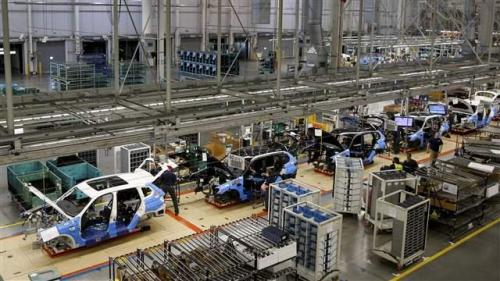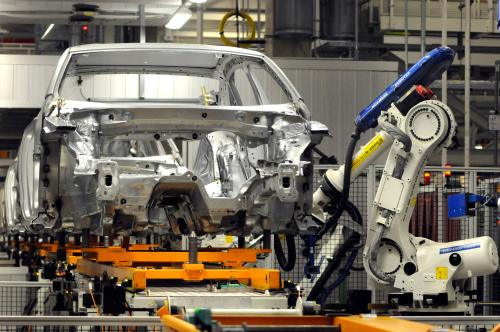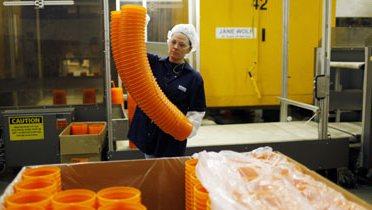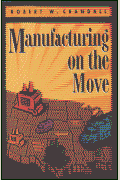There is no shortage of talk about a supposed “manufacturing renaissance” with advocates ardently touting the return of American manufacturing and skeptics scoffing about recent manufacturing job numbers. So what would a full blown “renaissance” look like?
Odds are it will look like Fort Worth, TX.
How’s that? Well, one little bit of such a possible renaissance was announced recently when the cell phone manufacturer Motorola Mobility—once a pioneer in shifting jobs to China—said that it would open a Texas manufacturing facility to produce its much-awaited new handheld, the Moto X. No, one announcement does not a new era in manufacturing make, but the Motorola announcement—which follows similar ones by other major tech firms, including Apple and Lenovo—is nevertheless an intriguing data point. After all, the Moto X will be the first smart phone manufactured in the United States.
So what’s going on here? Dennis Woodside, the head of Motorola, explains that Texas is a good location between developers in Chicago and Silicon Valley and service and repair center in Mexico and will allow the company to “iterate and innovate much faster.”
Yet, what is interesting is how geographical considerations like those are being reoriented by global technology mega-trends. Under Google’s ownership, after all, Motorola is in the process of reducing the number of cell phone models and narrowing its focus to cutting edge, market making products. Doing so has changed their cost structure to exaggerate the costs of long production lag time, faulty design, or anything but razor-sharp symmetry between production, design, and repair facilities. Moreover, as one of us recently explained, automation and substantially higher transportation and logistics costs in places like China are increasingly driving global cost convergence between U.S. locations and Asian ones.
To be sure, many of the components in Motorola cell phones will still come from abroad. But the higher-end components and production are reshoring. Low-tech manufacturing will continue to go to developing countries (as it should), but a new normal is emerging within advanced manufacturing that is less contingent on labor costs and increasingly focused on keeping up with ever-shorting product life cycles, which demand nimble, relentless, and continuous innovation.
What does this mean for the future? Advanced production may well mean countries with technology competencies will see more onshoring, but that doesn’t necessarily mean the United States will prove preferable to Germany, Japan, South Korea, or other proficient nations.
Instead, the success of U.S. advanced industries will in part be conditional on a political environment that recognizes what types of manufacturing opportunities exist and how to provide for companies like Motorola. This will mean less by way of traditional cash handouts to entice firms and more policies and programs that support R&D, commercialization, tech transfer, STEM workers, and clustering of knowledge-based firms.








Commentary
Manufacturing Renaissance Heads to Fort Worth with Motorola Announcement
June 10, 2013